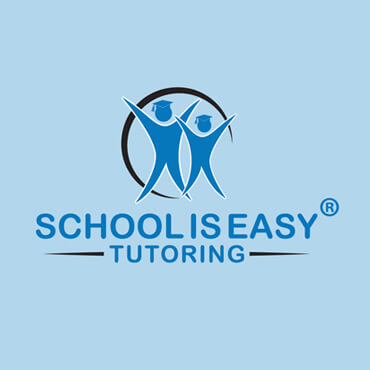If you are considering whether or not to place your child into French Immersion the following post may be helpful to you. There are a variety of positive outcomes of French Immersion programs as well as some challenges. If you are concerned that your child will have difficulty keeping up in a French Immersion environment, French Immersion tutoring is also available and can be very helpful.
The benefits of French Immersion programs
Higher test scores:
In the year 2000 research done by the Programme for International Student Assessment (PISA) shows that students in French Immersion programs have significantly higher reading test scores than students who were in non-immersion programs.
More diverse learners:
Students in French Immersion programs tend to have a more diverse approach to learning and a greater appreciation of different cultures. This is especially beneficial for students living in Canada where both French and English are the official languages.
Higher employment rates:
According to the 2006 census the employment rates for bilingual Canadians who are proficient in both French and English is higher than the employment rates of Canadians who speak only one of the official languages. This is significant, and is a major reason why parents choose to enroll their children in French Immersion programs.
Economic benefits:
Another noteworthy statistic from the 2006 census is that Canadians who achieve bilingual status have a higher average income than those who only speak English or French. This is true not only in Quebec but in a total of 6 of the provinces.
The challenges of French Immersion programs
Lack of resources for students with special needs and learning disabilities
Ideally teachers should be using various teaching strategies to accommodate all of the students in French Immersion classrooms. However, the issue in most French Immersion classrooms is that there are not always the resources to address all of the students’ needs. According to Dr. Callie Mady once we identify the barriers that prevent students with learning disabilities from getting the proper instruction, then we can address those issues “with the goal of moving forward to greater inclusion of students with learning disabilities.”
Lack of retention of the French language
Students tend to lose their French language skills within a few years of leaving the French Immersion programs due to lack of use. Surveys have shown that the percentage of Canadians with the knowledge of a second language (French) drops from 18.3% for students ages 15-19 to 9.4% for adults ages 25-29.
Additional learning support and French Immersion Tutoring
Removing students from French Immersion programs isn’t always the best solution
Although the common concept is that if students are struggling academically in a French Immersion school then they should be switched into an English only classroom. Research shows that this is not always the best solution and that students who are switched into an English only classroom will end up doing worse than if they had stayed in French Immersion. Research by Fred Genesee shows that students with learning difficulties end up doing about the same in English classrooms and French Immersion classrooms.
How can French Immersion Tutoring help students in French Immersion programs?
One way to address the need for additional learning support is to arrange for students to meet regularly with a French tutor. There is French Immersion Tutoring available that supports what the student is learning in the classroom. French tutors can provide students with additional instruction and activities geared specifically toward that student’s particular learning needs. Students with learning disabilities will benefit from personal French tutoring regardless of if they are in a French immersion program or in a core French program in an English speaking school.
Since French is one of Canada’s official languages, even if your child is not in French Immersion, chances are they will still study French at some point. Regardless of whether you decide to put your child into a French Immersion program or not you will still have to consider what you can do to facilitate your child’s language learning. Extra language practice outside of school is important to becoming fluent in French, so anyway you can encourage language practice is helpful!
